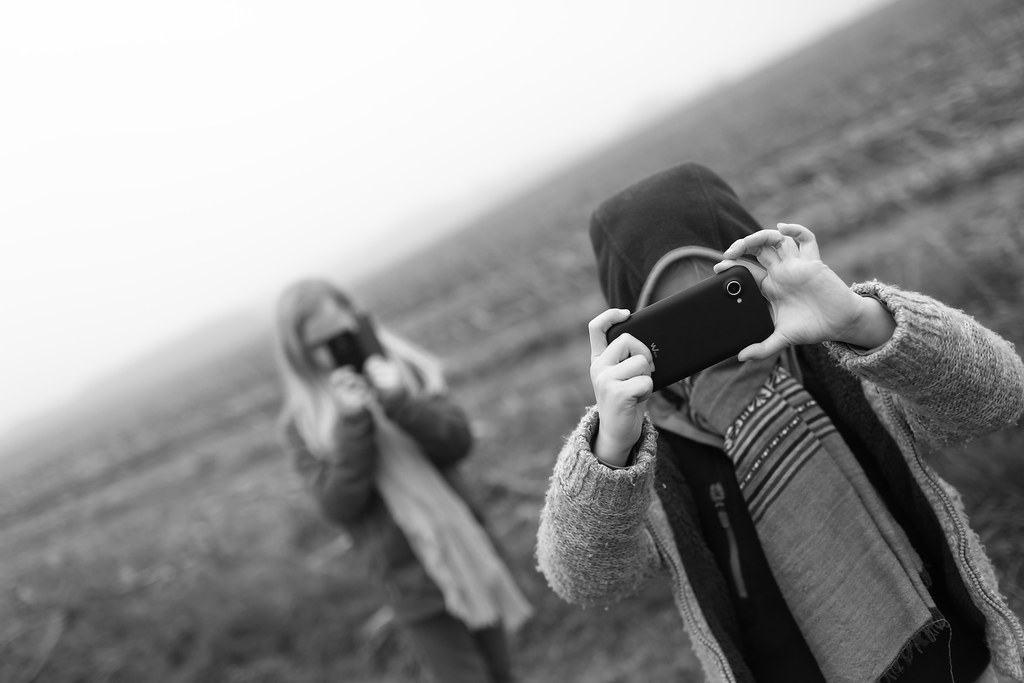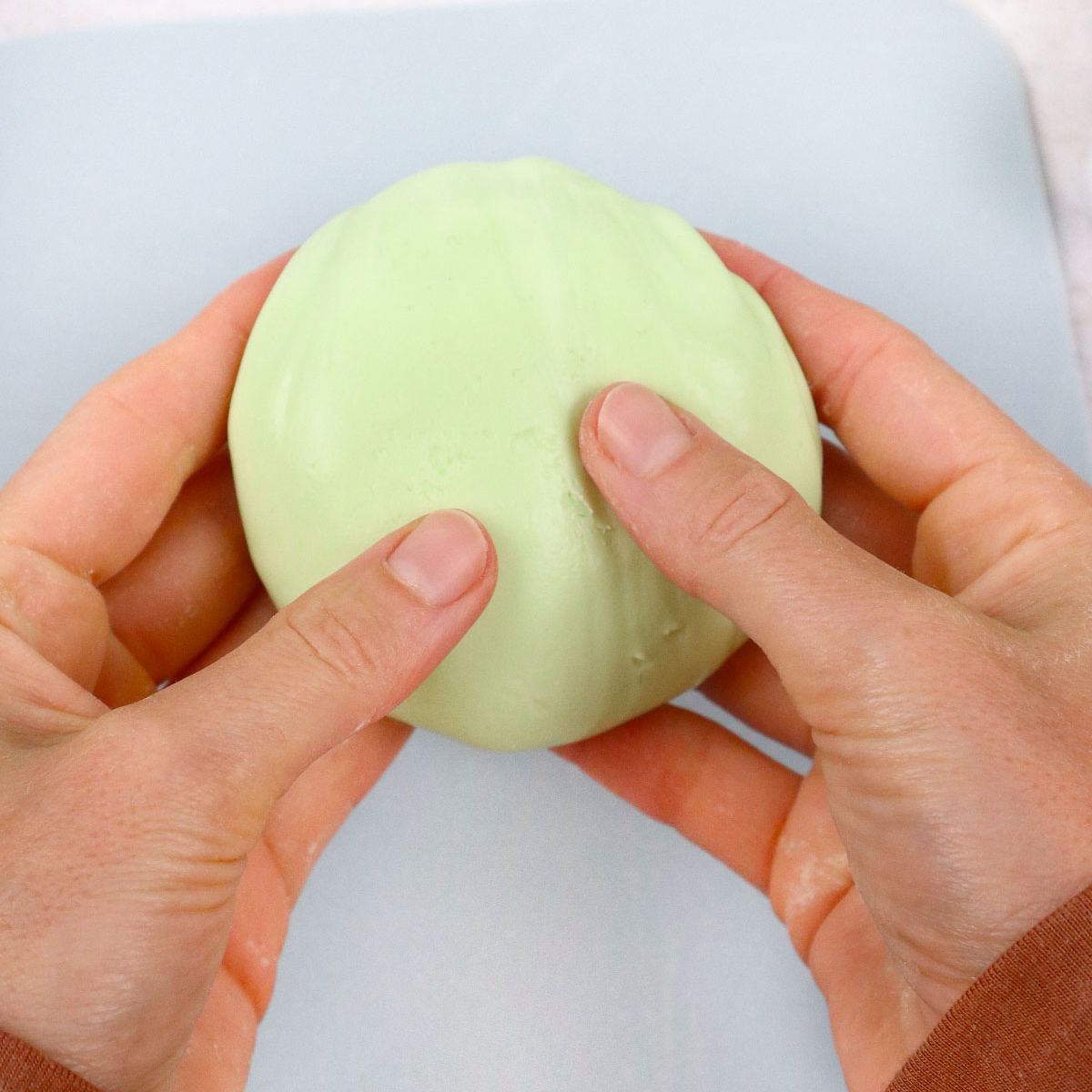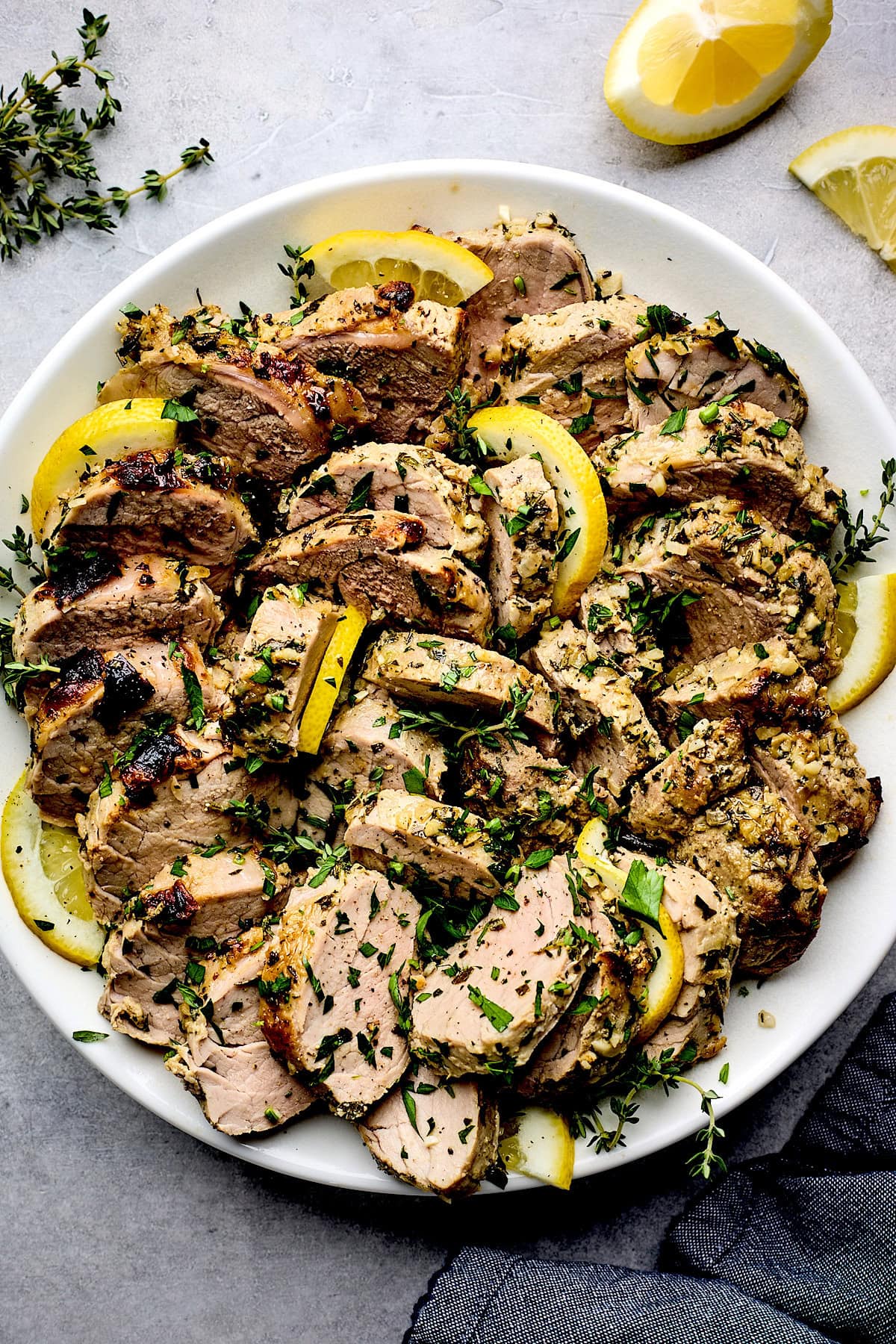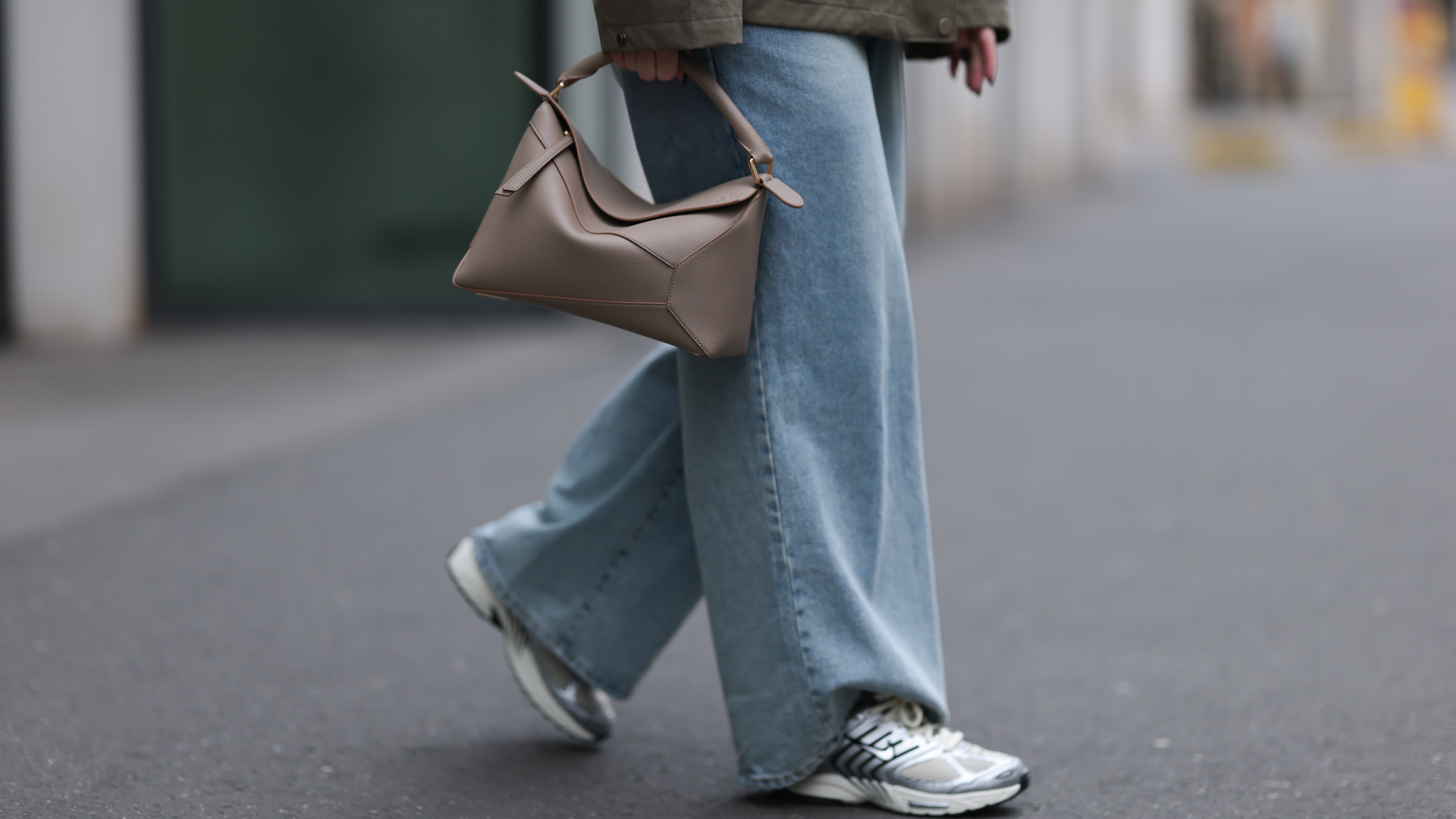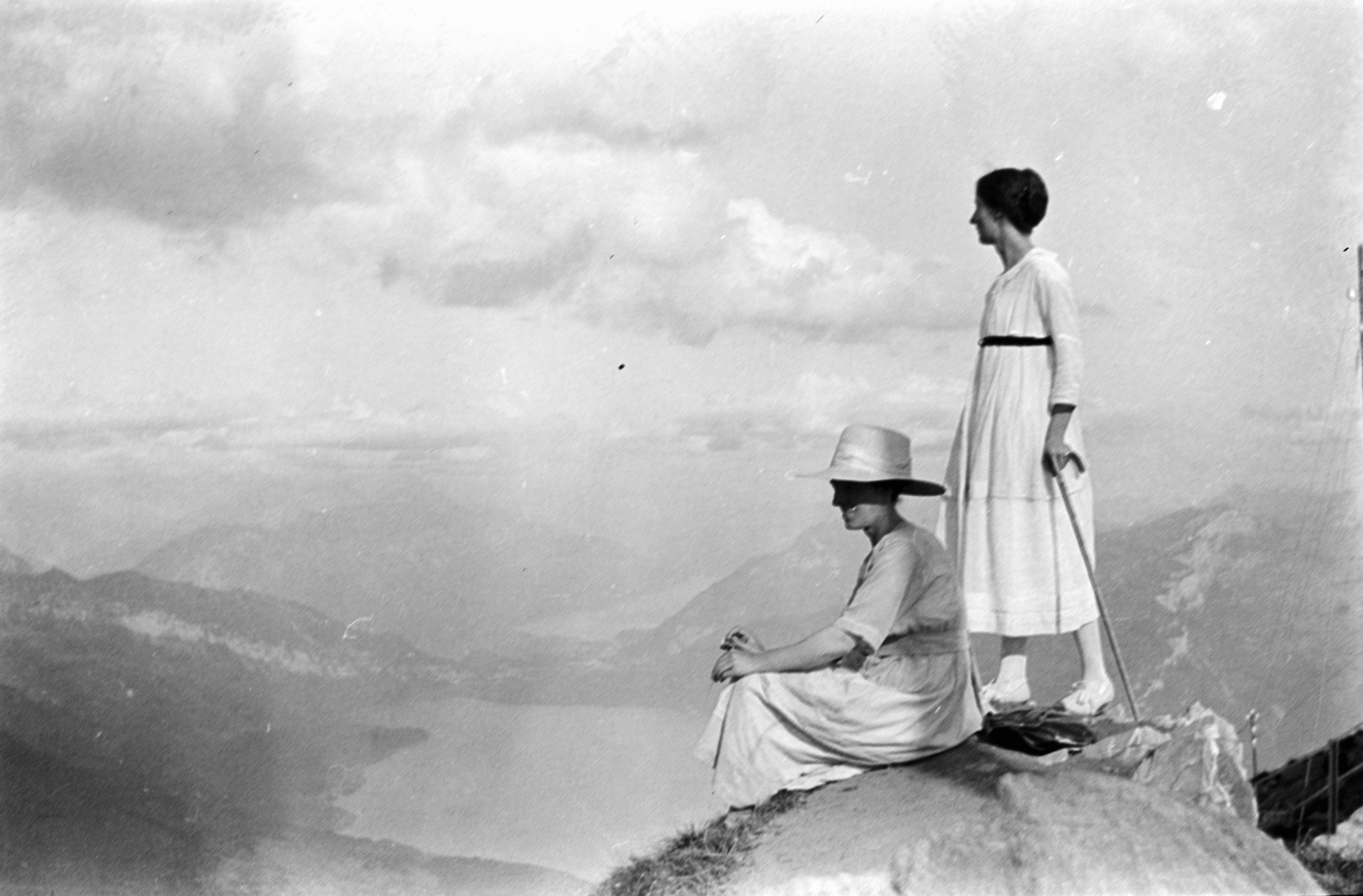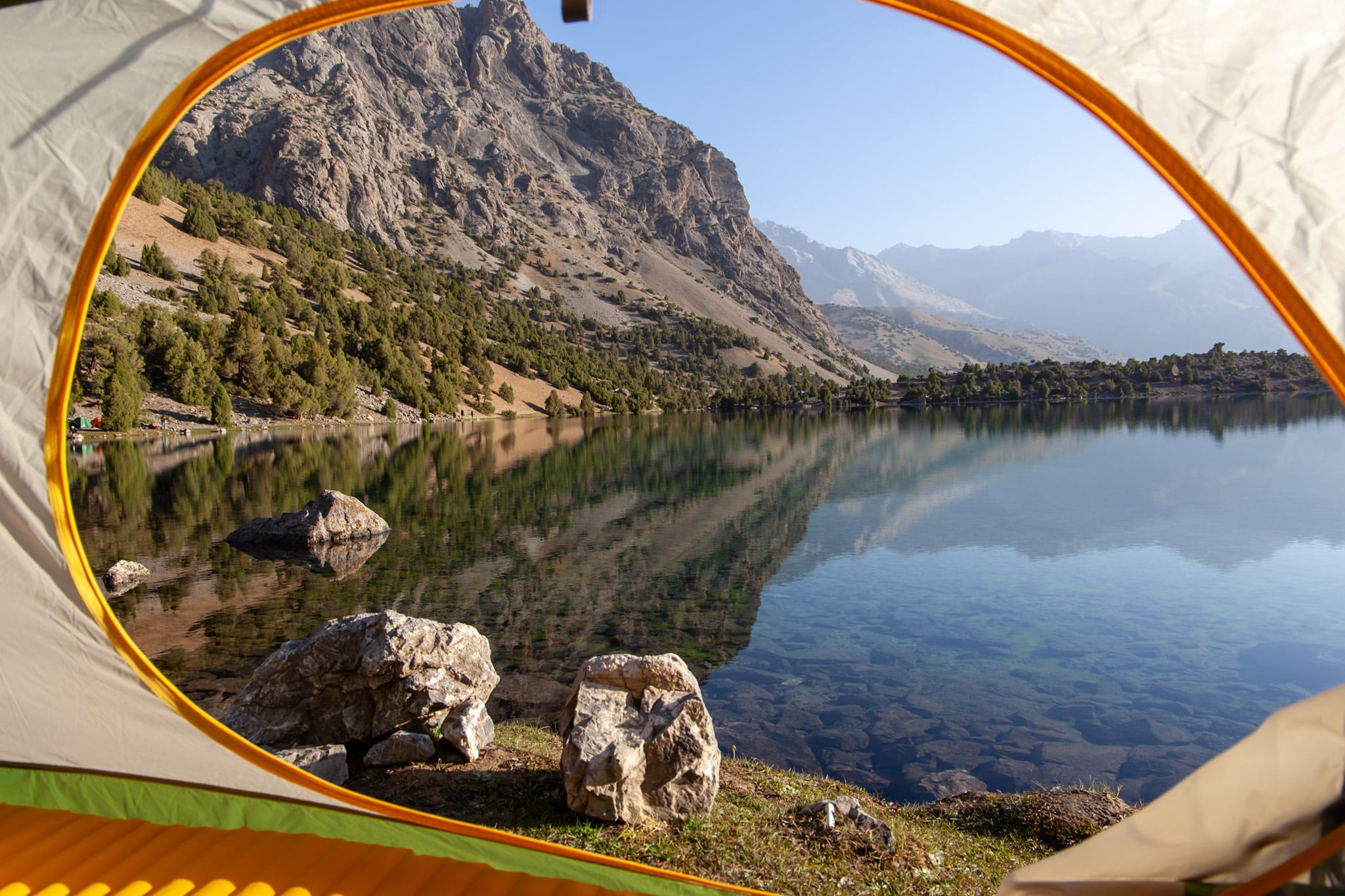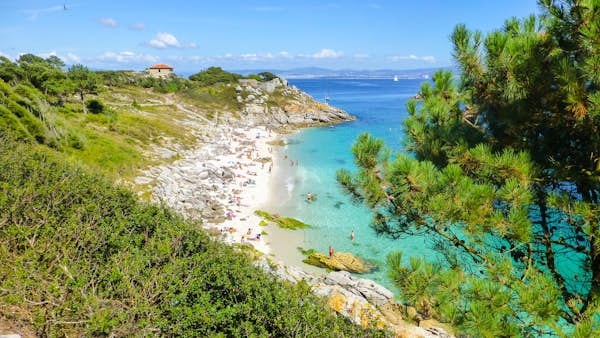A first-time guide to Rhodes
An expert guide to Rhodes, the largest of Greece's Dodecanese islands.

The largest island of the Dodecanese, Rhodes is a perfect place to start any island-hopping adventure, whatever your interest. Get lost in the riot of medieval alleyways and the fortified (and UNESCO World Heritage Site) of Rhodes Old Town.
Once you’ve “escaped” the Old Town walls, go further afield to ancient ruins, beaches and seaside resorts. For lesser-known experiences (and fewer people), explore the island’s vineyard region and itʻs wineries, devour local cuisine in one of Rhodes’ more remote inland settlements and wander through Italian-style villages and their extraordinary past.
When should I go to Rhodes?
Rhodes is “open for business” between April and September. That said, as the administrative center for the Dodecanese and a gateway to other islands, Rhodes Town (particularly New Town) operates year-round. High season (June to August) brings sun, crowds and numerous religious celebrations. May sees fewer visitors and lower prices, as does September, which is also perfect because the ocean remains warm enough for swimming. Spring and fall are perfect for hiking.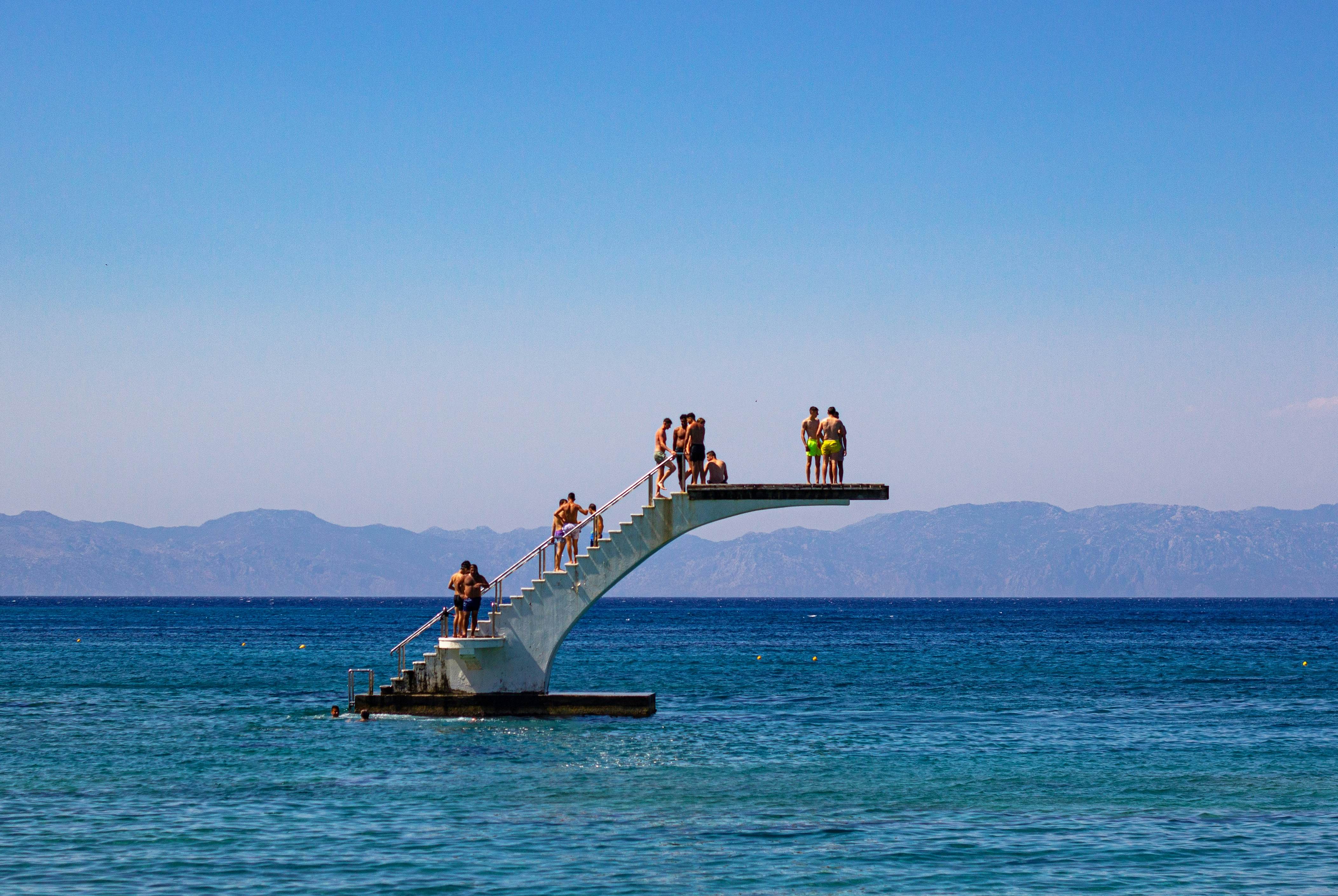
How much time should I spend in Rhodes?
While youʻd leave happy after a week in Rhodes, many visitors stop here for one or two days only as part of an island-hopping expedition. If that’s the case, on your first day, stick to Rhodes Old Town and its captivating sites. Allow another two days to explore some of the island: venture inland, visit the wineries or plunge into the superb seas off of one of the island’s many beaches.
Is it easy to get in and around Rhodes?
There are two ways to arrive in Rhodes. The first, Diagoras Airport, 9 miles (14km) southwest of the city, is well-connected with other major Greek cities and islands. A handy local bus connects the airport and Rhodes Old Town. The second is by ferry; services connect Rhodes with many islands.
The island is serviced by two local bus companies – KTEL (for the east coast) and RODA (for the west coast). Visitors traveling on a tight schedule may need to consider taxis and car hire.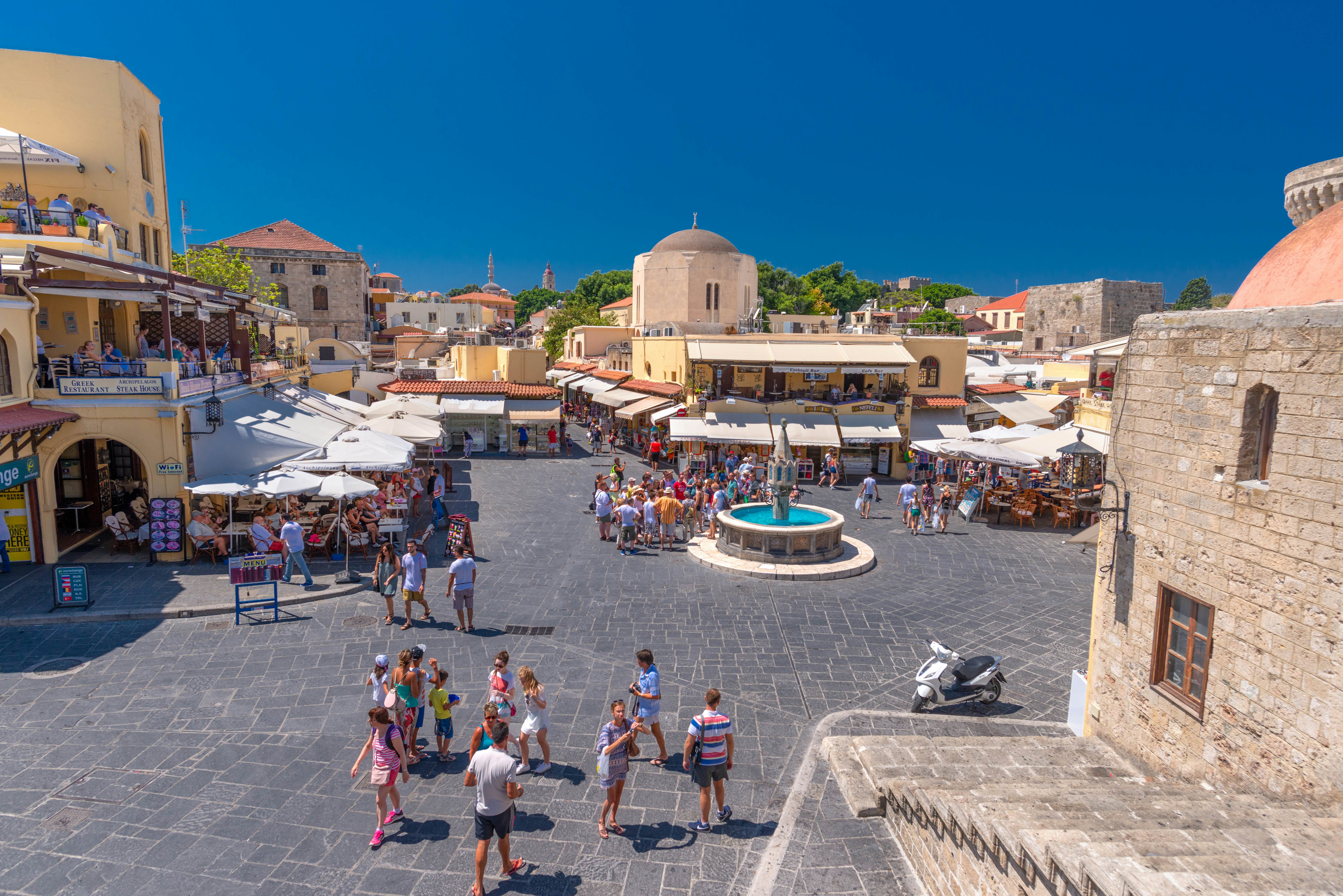
Top things to do in Rhodes
Play out your inner knight in the Old Town
Located at the island’s northern tip, the extraordinary walled area that comprises Rhodes Old Town feels like another realm, thanks to its distinctive mixture of Byzantine, Turkish and Italian buildings and monuments. The best way to view the Old Town is on a 2.5km (1.5-mile) stroll. Start at the D’Amboise Gate, one of nine gates, then continue through the Knights’ Quarter. The mansions (inns) along this stretch were organized by the medieval Knights of St John in the 14th century, and housed knights of specific nationalities. Next, visit the Palace of the Grand Master, a mind-boggling 14th-century castle erected by the Knights Hospitaller.
Don’t miss the Archaeological Museum housed within the 15th-century Knights’ Hospital. Then make your way to the major visitor magnet – the Turkish Quarter (Hora) the maze of charming, twisting, bougainvillea-laden alleyways. Don’t let the chaos distract you from spotting the many fascinating derelict mosques and Muslim monuments. Be sure to pass the pink-domed Mosque of Süleyman and, opposite this, the Muslim Library.
The Old Town’s east corner, a group of narrow alleys, makes up the Jewish Quarter. Tragically, most of its inhabitants were killed during WWII.
Eat with (and like) the locals at 4 Rodies
A family-run restaurant called 4 Rodies, located just beyond the walls of the Old Town, is loved by locals and visitors alike, so mingling here over a traditional dish or three is particularly fun. Rodia means pomegranate tree, named after the four pomegranates filling the pretty outdoor courtyard. The local cuisine will catch your eye and taste buds – popular and traditional Greek dishes, as well as a few of the familyʻs creations. Start with a 4 Rodies salad, a mix of lettuce, roasted sesame and Greek talagani cheese before selecting from a varied range of mezedes (share plates) that include the local specialty, pitaroudia (chickpea fritters), kleftiko stew (slow-cooked lamb baked in a clay pot) and baked aubergine (eggplant) rolls. The word is out about this place (it gets busy), so go early or with a calm attitude. It’s worth any wait.
Planning tip: 4 Rodies doesn't have a website. This is very much a word-of-mouth restaurant. If you need directions, you'll find them here.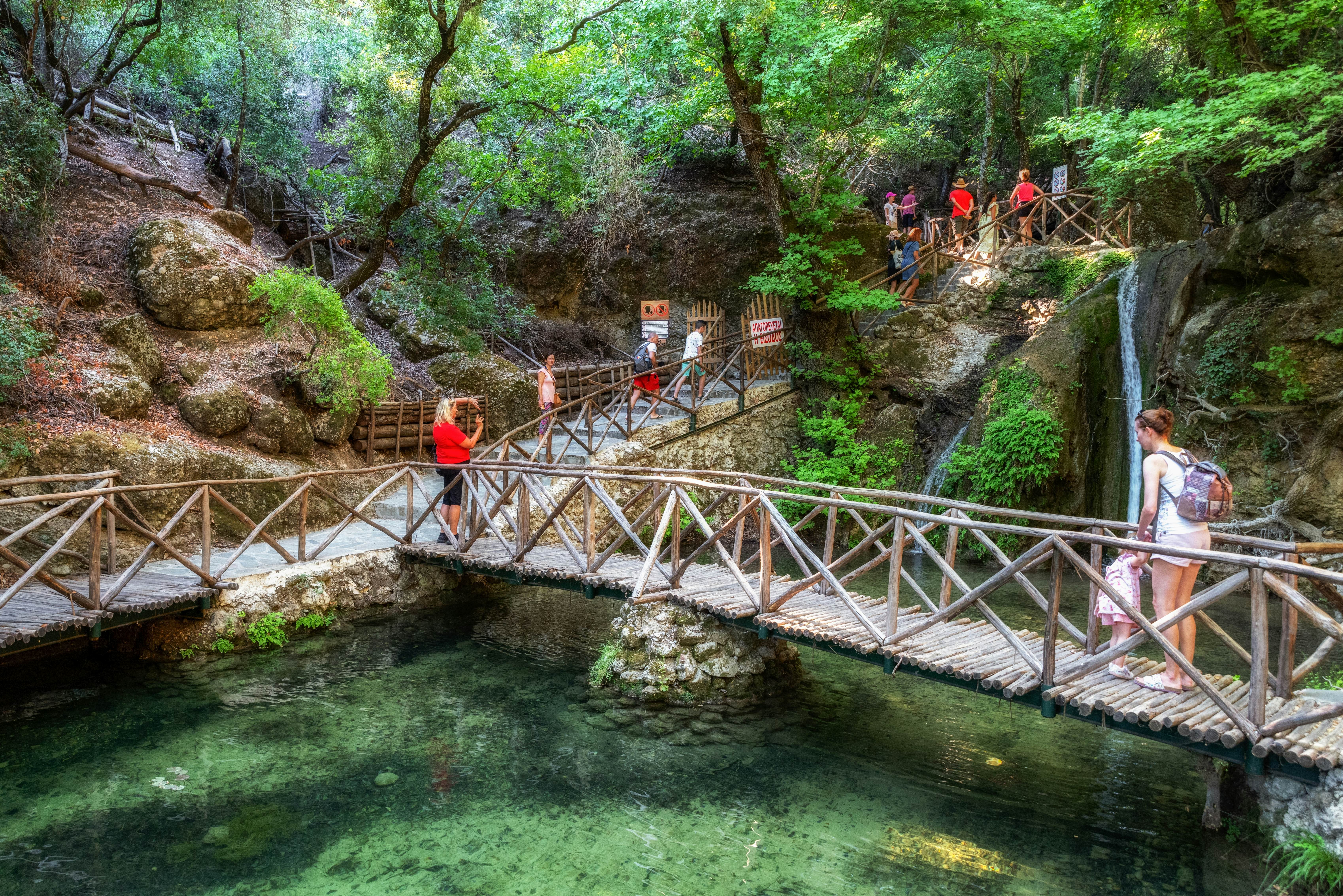
Balm your soul in the island’s interior
If you have the time and inclination, don’t miss the island’s hilly interior. This delightfully subdued area has nature-backed beaches, tranquil forest settlements, impressive castles and excellent tavernas. Head first to Butterflies Valley, to immerse yourself among lush flora, the chirps of cicadas and the beat of butterflies. After your fluttery fill, head to the abandoned 1930s village of Eleousa and its former sanitarium (note: if you travel north, you pass Triantafillou Winery en route; see below). Eleousa – a replica of a village in the Italian Alps – was one of four constructed on the island under the orders of Italian Fascist leader Benito Mussolini who, keen to spread his influence, Italianized many villages around the Dodecanese. While exploring, you’re guaranteed to sense the ghosts of laborers – Italian lumberjacks – along with tuberculosis patients of the former Sanitarium that operated after WWII. Continue west another 5km (3.1 miles) to Saint Nikolaos Fountoukli, one of many quaint Byzantine churches.
Explore grape country and sample traditional wines
Wine-growing locals here are in the viticulture “know,” which is hardly surprising given that the island has been producing wine since the 7th century BCE. Explore the island’s verdant wine hub around Mt Attavyros, and try the local varieties, such as Amorgiano, Athiri and two Muscats – the di Trani and small-berried. A number of wineries offer tastings, including Triantafillou Winery, Kounakis Winery, Alexandris Winery and Emery (cleverly named after the 41st Grand Master of the Knights of St John).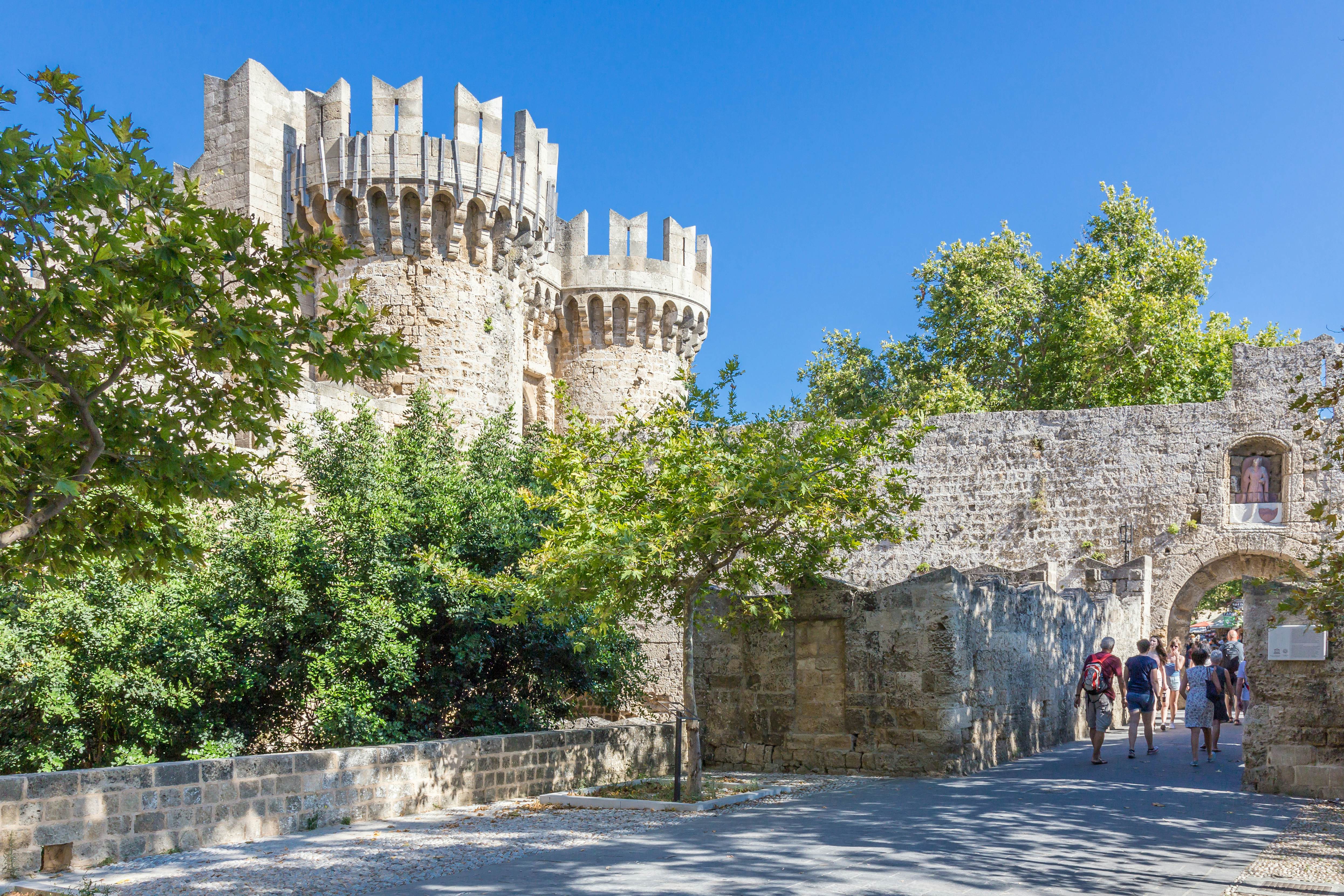
My favorite thing to do in Rhodes
I don’t know if it’s thanks to my “inner medieval knight”, but I get a thrill strolling along the ramparts of the 500-year old fortifications of the Old City between the Palace of the Grand Master and St John’s Gate. Viewing the domes, minarets, surrounding moat and bougainvillea-filled, lush gardens takes you into a historical realm; its sheer scale puts a human being in literal perspective. Part of the route follows the dry moat, leading to the realization that this follows in the spectral footsteps of previous invaders – Romans, Knights of St John, Ottomans and Italians.
How much money do I need for Rhodes?
For a comfortable stay in decent accommodations (in the New Town; prices in the Old Town are double), dining in mid-range tavernas plus an activity or two, budget roughly €200 to €400 (US$217 to US$433) per day. Outside of July and August (high season), prices drop significantly. As with all islands, goods must be shipped or flown to Rhodes. As such, prices for some things, such as groceries, or items valued by travelers (and not necessarily by Greeks) can be at least be priced the same as in a European city. However, great value-for-money meals and local produce make up for this.
· Hostel room in Rhodes: from €46 (US$50)
· Basic/moderate room for two €56 to €140 (US$60 to US$150)
· Self-catering apartment (including Airbnb) €93 and above (US$100 and above)
· Public transport ticket €2 to €5.20 (US$2.20 to US$5.65)
· Coffee €3 to €5 (US$5.25 to US$5.40)
· Gyros €3 to €4 (US$3.25 to US$5.50)
· Dinner for two at a village taverna from €20 (US$22)
· Beer/pint at the bar €5 (US$5.40)
· Pitaroudia (savory fritters) €6 (US$6.50)
· Melekouni (sweet) €1 (US$)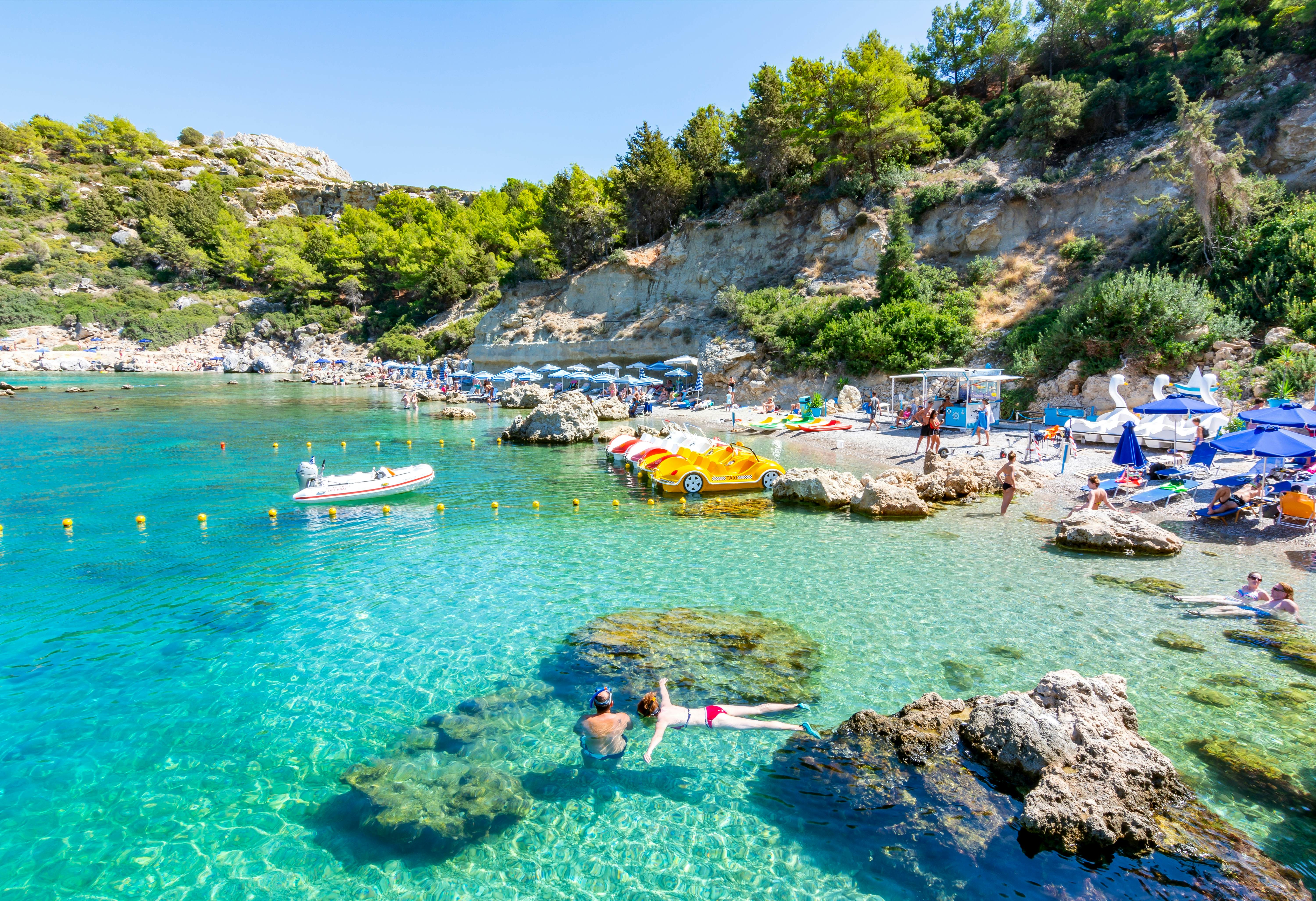
What are the best beaches in Rhodes?
This million-dollar question is tricky to answer! It’s like asking a Greek grandmother who makes the family’s best moussaka. Compose your wish list: sand, shade, nature, facilities, family-friendly, windsurfing etc. Then ask locals and other travelers for their opinions. That said, it’s worth knowing that beaches on the west coast tend to be pebbly, while those on the east coast are sandy. And, high season brings crowds wherever you are, such as on Lindos Beach that’s overshadowed by the amazing acropolis. The most remote (and my favorite) is the beautiful Prasonisi Beach; because of the breezes there, it is also popular with wind- and kite surfers.
Can I drink the water in Rhodes?
Unlike many of the other islands, tap water on Rhodes is considered safe to drink, though bottled water is available throughout (and often favored by the locals, too). Plastic waste on the islands is an issue, however, so consider bringing a filtration kit. As in the rest of Greece, water is a precious commodity that’s put under enormous pressure during high season in particular.
What is the Green (or Climate) Tax?
Formerly called the tourist or accommodation tax, a so-called green tax exists in Rhodes (indeed, throughout Greece). Factor roughly €1.50 to €15 per person per night on a sliding scale, depending on the star rating of your hotel.
Should I carry cash? A card? What is the tipping culture?
Apple Pay is popular and cards are king; shops and services are equipped with POS (point of sale). That said, always keep cash and coins for small purchases at markets and villages, and for public transport and tips. (On that note: Greeks generally round up, for say, coffee and a snack, or leave a few euros for a mid-priced meal; unlike the US there’s no strict percentage calculated).
How do taxi fees operate?
Taxis cover many of the main sites and beaches. Prices are displayed outside the main taxi rank outside the Old Town.


















